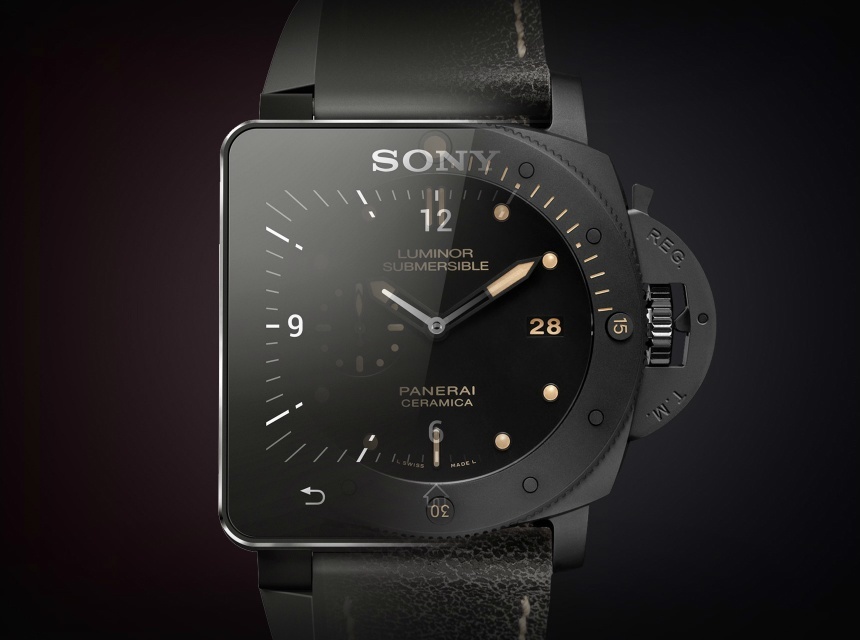Swiss watches have always held appeal in the public view as a symbol of one’s status in life. Owning such a high-end luxury item has often been equated with one’s affluence and success. However, a recent article on MarketWatch.com by Caitlin Huston about the watch industry has shown that Swiss watches are in decline. The demand for these high-end timepieces has gone down as of late and watchmakers have not been able to sell as many of these luxury products as they used to. While many are quick to blame the recent arrival of smart watches for this decline, there may be other factors involved.

The drop in sales for Swiss watches constructed with gold and other precious metals can possibly be attributed to a simple relationship of supply and demand. According to an article published in A Blog to Watch by Ariel Adams, the Swiss watch industry has produced more gold watches than they can sell in the past few years. In other words, they have created a rather large supply, but the gluttony of available gold watches makes the demand for these items smaller and smaller by comparison. The same article by Ariel Adams later mentions that while gold watches used to be a popular import in Hong Kong, Swiss watch imports in that area are currently down by 30%. This further decreases the demand for these luxury items.
However, the biggest contributor to this decrease may have to do with a gap in understanding between the luxury industry and the consumers they are trying to sell to. Today’s consumers are more conscious of their spending habits. The luxury industry, on the other hand, is used to selling high-end merchandise to the rich. The logic behind this plan lies in the expectation that the rich are less affected by fluctuations in the market and less sensitive about prices; in other words, they sell to wealthy people because the rich more or less tend to stay rich.
The disparity lies in a misunderstanding of the concept of value. Modern consumers are very concerned with the value of their purchases and are even more concerned if large parts of that value can be lost through depreciation. People these days want investments that they can turn back into cash, and for that purpose it is always preferable to invest in something that will keep a closer value to what one originally paid. This opinion is further supported by the fact that the decline in sales for Swiss watches is for the most part on the items that are priced above $3000.

This current market trend does not work well for watches that are made with gold, or other precious metals. The retail price for a watch made with precious metals is often 2 or 3 times more expensive than the same watch made in stainless steel. Even more daunting is the sales information from the pre-owned market that shows watches with precious metals will tend to drop severely in value after purchase. This same sales information shows that steel and non-precious metals often resell for closer to retail value.
Some might still blame the coming of smart watches for the drop in sales for Swiss watches because it seems like the most obvious reason. However, an article on iMore.com by Michael Gartenberg claims that the two items shouldn’t even be compared with each other. While both items can be worn on one’s wrist, it can be argued that they are completely different pieces of technology. Swiss-made watches are a marvel of engineering with several models that work without the use of batteries or electricity. Smart watches, on the other hand, are a marvel of the computer age that allows people to access information through a small screen on their wrists. It may just be too difficult to make a fair comparison between traditional Swiss watches and Smart Watches at this time.
However, it is possible for Swiss watch manufacturers to transition into the field of smart watches. Another online article on Wareable.com brings to light an attempt by Swiss watch manufacturer TAG Heuer at dabbling in smart watches with the TAG Heuer Connect. Published on April 28, 2016, this article compares the TAG Heuer watch with the ever popular Apple Watch. While the Apple Watch is shown to have more features, the TAG Heuer Connected definitely wins aesthetically with a far more attractive design.
Some might say that aesthetics are not as important as function, but according to Elyse Betters’ article on Pocket-lint.com, not all consumers would agree with this. Published less than a month after the article on Wareable.com, sales for TAG Heuer Connect watches did very well after they were released. The company had not expected as much of a demand for this new product and initially only made 15,000 pieces to be sold. This supply sold out fairly quickly and the article mentions that they plan to come up with new models for the Connect for the 2017 year.
Knowing that, one might be able to say that smart watches are a good direction to move towards for the Swiss watch industry, and that perhaps this current decrease in sales could be overcome with progress.
— Jonine, Customer Service Rep
…
We’re living in the present and the present offers some mighty fine opportunities to grasp, but we’d recommend taking a look at AuthenticWatches.com’s in stock selection of classic Swiss timepieces. After all, these models at these prices aren’t going to be around forever.
